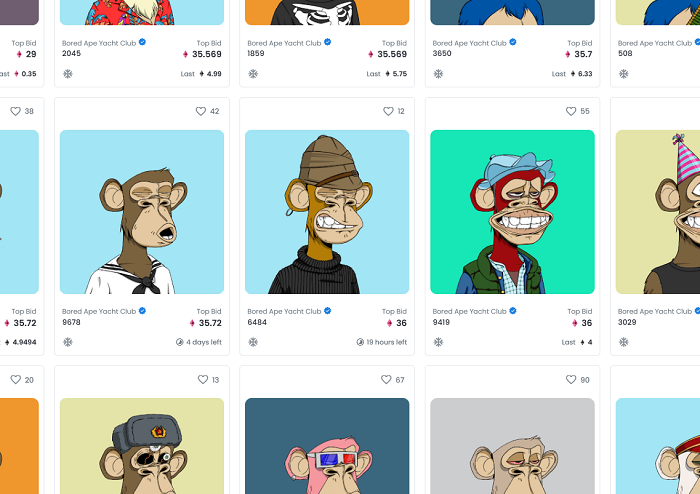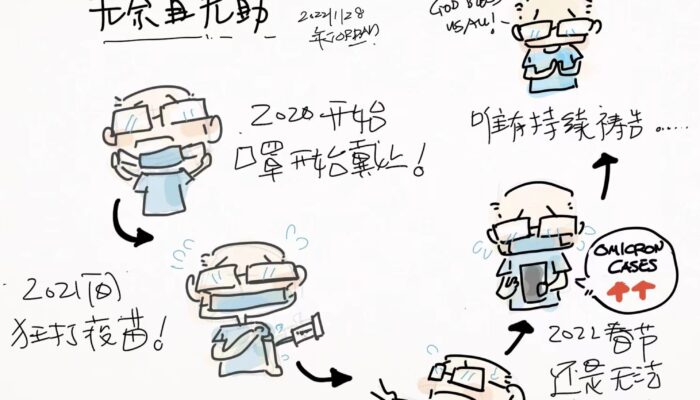
1-30 #Hope2BackHome : UMC has indicated that the 28nm process segment may be oversupplied after 2023; Panasonic has developed a technology for the mass production of far-infrared aspherical lenses; etc.

The co-general manager of UMC, Jason Wang, has indicated that the 28nm process segment may be oversupplied after 2023. UMC has planned capital expenditure of USD3B in 2022 includes its “fab 12A P6 expansion plan in partnership with customers”, while revising the expanded fab’s previous target of 27,500 wafers per month to 32,500 wafers. P6, the Phase 6 facility of UMC Fab 12A, will be equipped with flexible tools to produce 28nm or smaller nodes down to 14nm. He has said the expanded P6 plant is expected to start production in 2Q23. Wang Shi also said that up to 80% of UMC’s orders for 28nm process manufacturing are multi-year contracts.(CN Beta, Bnext, TechNews, China Times, Digitimes, Business Wire)
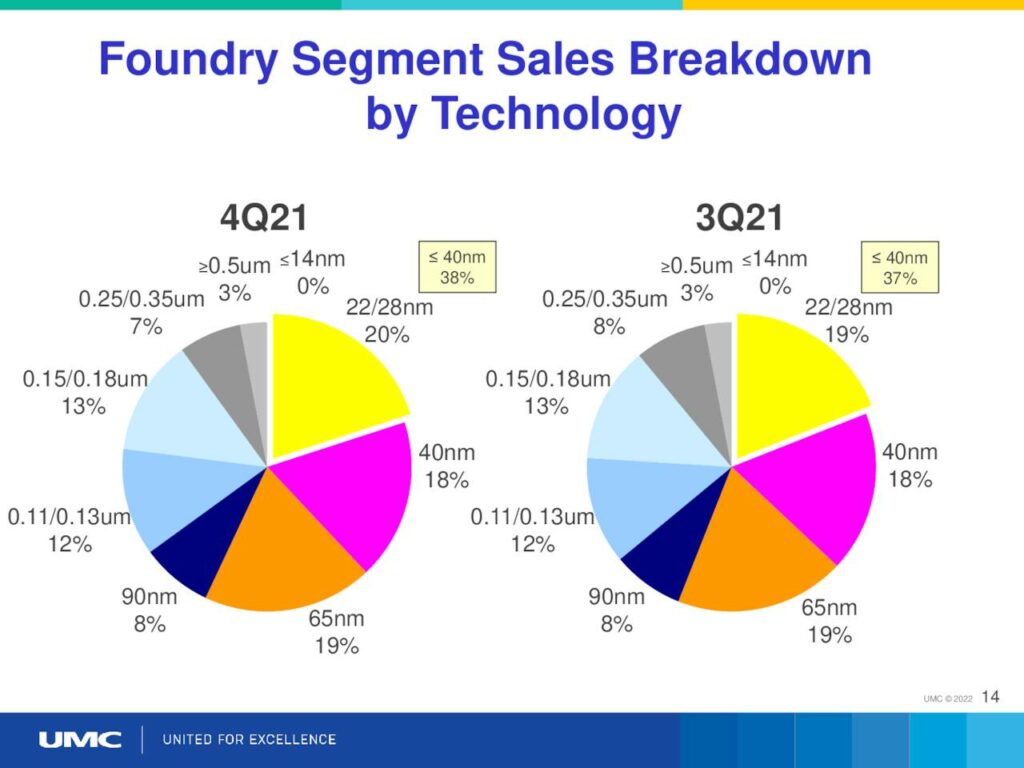
Samsung Electronics has revealed that it has begun to produce graphics processing unit (GPU) driver system single chips for AMD with its 4nm process, and has prompted customers to expand the adoption of its own 108MP image sensors. Advanced Micro Devices (AMD) is one of TSMC’s heavyweight customers. Samsung’s message is intended to declare its own advanced process wafer foundry capabilities, and it also makes the battle between Samsung and TSMC more intense. Looking forward to 1Q22, Samsung has pointed out that foundry will focus on increasing the yield of its advanced processes, thereby improving supply stability. The company will mass-produce its first-generation gate-all-around (GAA) process in 1H22. In addition, Samsung Electronics confirmed the investment in the expansion of new fabs in Tyler, Texas, USA and South Korea, including memory-related overall semiconductor capital expenditures of more than USD30B in 2021.(UDN)
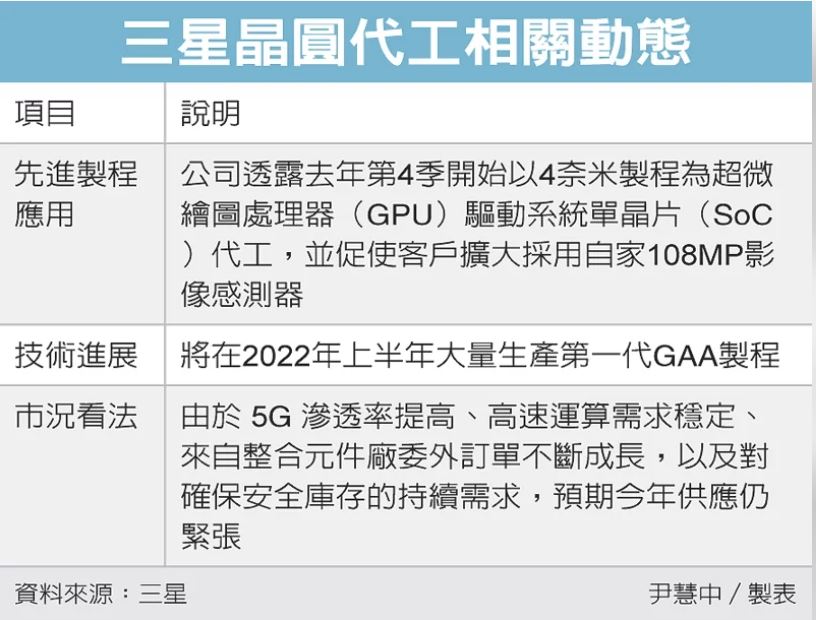
China’s market regulator has conditionally approved semiconductor group Advanced Micro Devices (AMD) USD35B all-stock deal for peer Xilinx. China states that AMD will need to ensure “the flexibility and programmability of Xilinx FPGAs”. Moreover, they will need to ensure “that their development methods are compatible with ARM-based processors”. (GizChina, Reuters, GSM Arena, Yahoo, Sina)
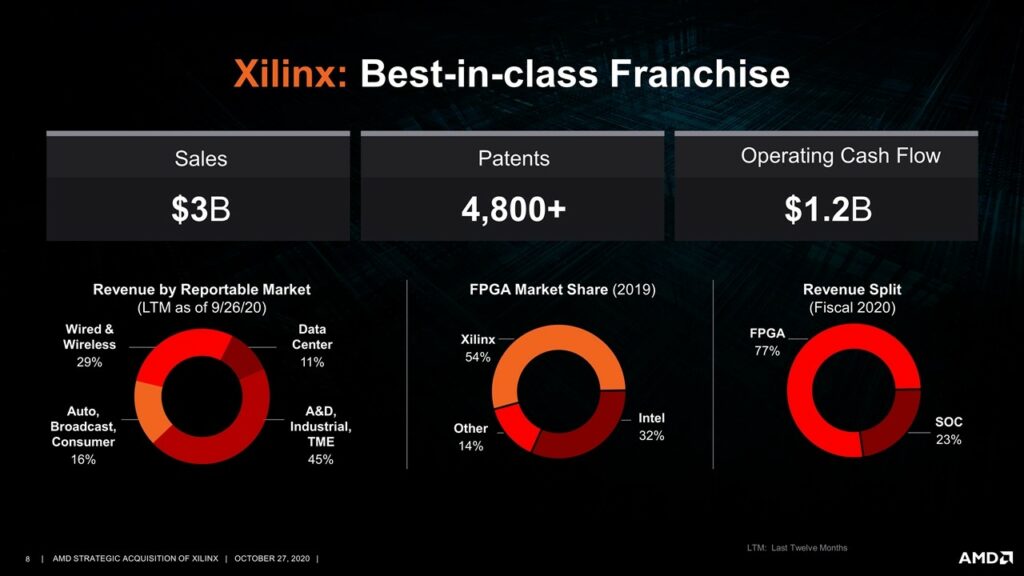
Horizon has announced that it will reach a strategic cooperation with Holomatic to jointly accelerate the “era of intelligent driving mass production”. Based on the Horizon’s Journey 3 and Journey 5 chips, visual perception algorithms and tool chains, Horizon will help Holomatic to develop integrated driving and parking software and hardware solutions, create a service-oriented software architecture (SOA), and work together to build a data-driven sustainable Iterative full-stack autonomous driving solution. (Laoyaoba, Sina, Gasgoo, Sohu)
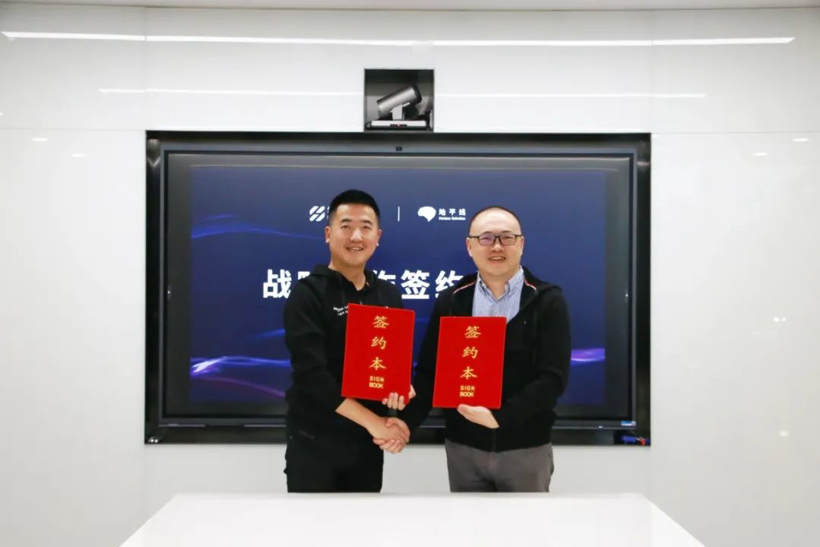
French-Italian chipmaker STMicroelectronics plans to double its investments this year to up to USD3.6B, buoyed by high demand that drove its earnings to beat expectations in 4Q21. Chief Executive Officer Jean-Marc Chery has said he expected the chip shortage in the automotive industry to continue and that he saw no signs of any inventory buildup. Instead, “the challenge … is to have the capability to support the major transformation of the automotive and mobility industry”.(Laoyaoba, Seeking Alpha, Reuters, Yahoo)
Google is apparently building a new team in San Diego to help with the Camera ISP design for custom Tensor chips. A larger team should allow Google to deliver an even more impressive camera experience on future Pixel phones. (Android Central, Twitter)
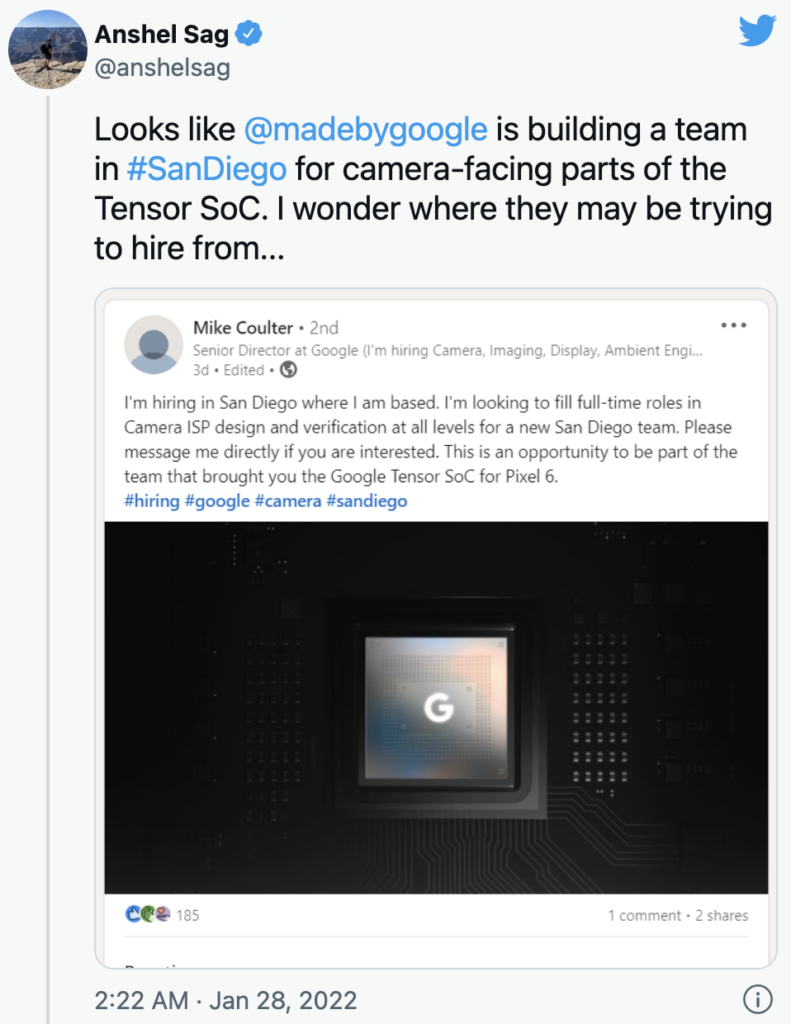

Samsung’s foldable smartphones continue to perform well with Dec 2021 production its second-best month ever at 1.47M, up 3435% YoY. The Z Flip3 accounted for 67% of the total or nearly 1M units. 2021 foldable smartphone production rose nearly 300% to 8.1M units. Looking into 2022, demand in Europe surges with European / ROW models expected to account for 56% of Samsung’s foldable smartphone production, its 1Q22 over 50%. Samsung’s 1Q22 output is expected to rise 568% YoY to over 1.5M units as the Z Flip3 in particular remains hot accounting for 70% of output. Sequentially, demand is expected to fall nearly 60% on a seasonal slowdown.(DSCC)
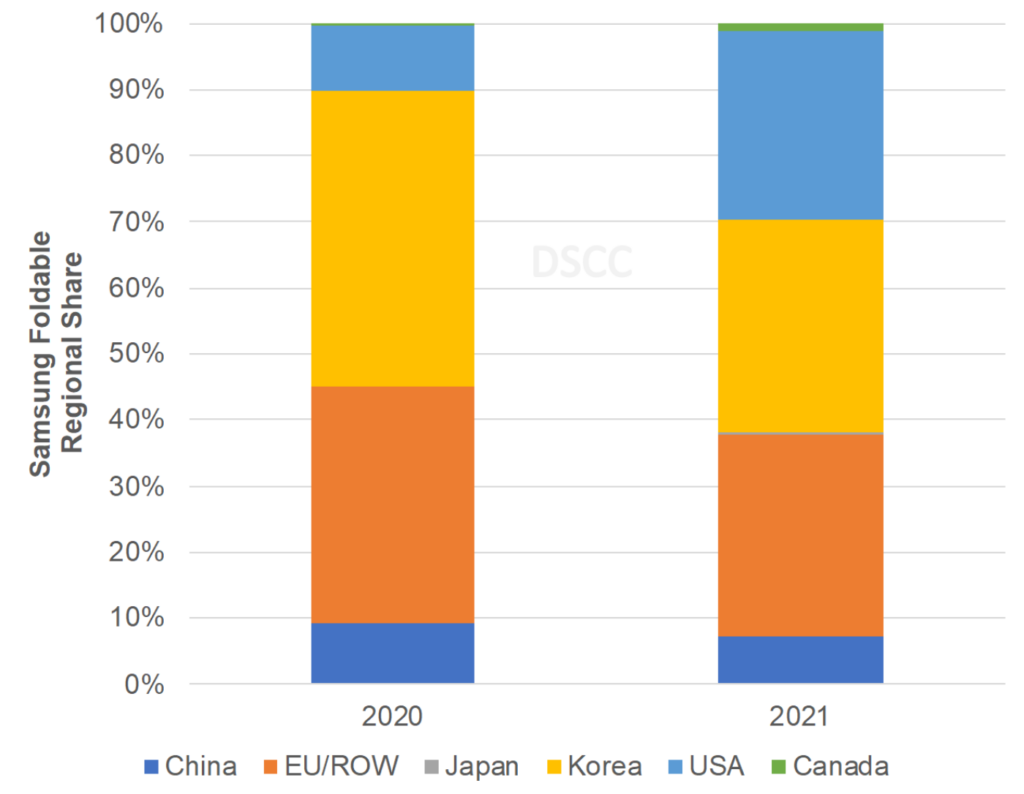

Panasonic has announced that it has developed a technology for the mass production of far-infrared aspherical lenses suitable for improving the performance of cameras and sensors. These lenses are made of chalcogenide glass having excellent transmission characteristics in the far-infrared. Panasonic is now able to offer a variety of lenses such as diffractive lens, the world’s first* highly hermetic frame-integrated lens without using adhesive (leak detection accuracy of less than 1×10-9 Pa・m3/sec in helium leak test). The company is now accepting prototype orders. By realizing mass production of low-cost and high-quality far-infrared aspherical lenses, the company will contribute to the spread and higher performance of far-infrared sensor modules. (CN Beta, Panasonic)


Tsinghua Unigroup will allegedly scrap plans to build two new large 3D NAND and DRAM fabs and reshuffle Unisoc as part of its restructuring plan. Both moves represent major setbacks for China’s ‘Made in China 2025’ semiconductor self-reliance plan. Tsinghua Unigroup will axe 2 major semiconductor fab projects in China as part of the ongoing restructuring procedures, a serious blow for the country’s semiconductor self-sufficiency goal as local memory production is a key part of the plan. The move will impact the global supply of 3D NAND and DRAM and thus affect memory prices two or three years from now. In addition, Tsinghua will reorganize Unisoc. (CN Beta, IT Home, My Drivers, Guancha, Tom’s Hardware, Asia Nikkei)

OPPO could bring 160W charging to its smartphones in not so distant future. It seems like the company has certified a 160W charger in China, over at China’s 3C authority. The charger is marked as ‘VCK8HACH’, and it supports 20V/8A charging up to 160W. (Android Headlines, Twitter)
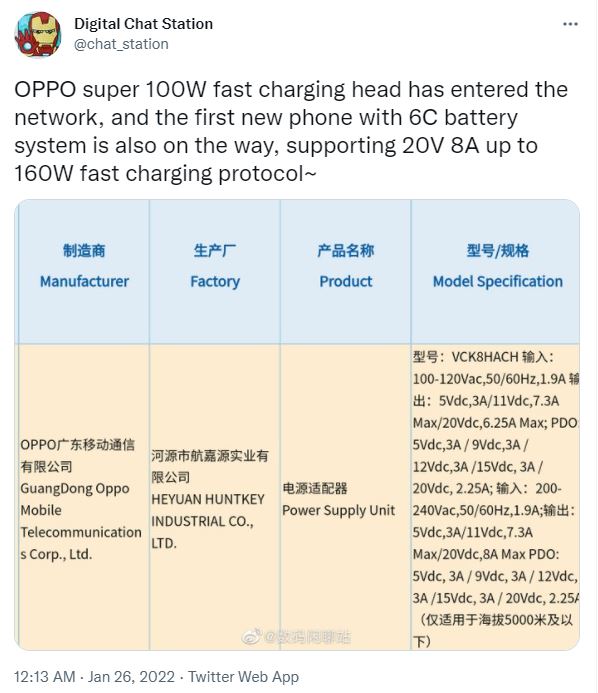

Sigfox, which is an IoT startup that had raised over USD300M in venture funding and had ambitions to build a global communications network using a new approach to wireless networking, has filed for bankruptcy protection in France, citing slow sales of its products and challenging conditions in the IoT industry due to COVID-19.(TechCrunch, CNX Software, Light Reading)
Google plans to invest up to USD1B in India’s Bharti Airtel as part of the “Google for India” digitization fund. The two companies will work together to enable affordable access to smartphones and create India-specific network domain use cases for 5G. While Google will be spending USD700M to pick up a 1.28% stake in Airtel, it will invest up to USD300M on potential multi-year commercial initiatives. Bharti Airtel is currently India’s second-largest carrier, with over 355M subscribers. It is also among the top players in India’s broadband market. Google had invested USD4.5B in Reliance-owned Jio Platforms in 2020. (Android Central, Google)


Brand Directory deems Apple as the world’s most valuable brand for 2022. The research firm calculates the valuation of the brand at USD355.1B. Note that this valuation is calculated by Brand Directory and not reflective of the brand’s market cap. Google is placed third most valued brand. Samsung group is ranked sixth and is the only Korean brand listed at the top 25 most valued brands. Huawei ranks as the ninth most valued brand for 2022, bouncing back up from 21st place for 2021. Finally, TikTok is the fastest-growing brand globally. (GSM Arena, Brand Finance, Brand Finance)
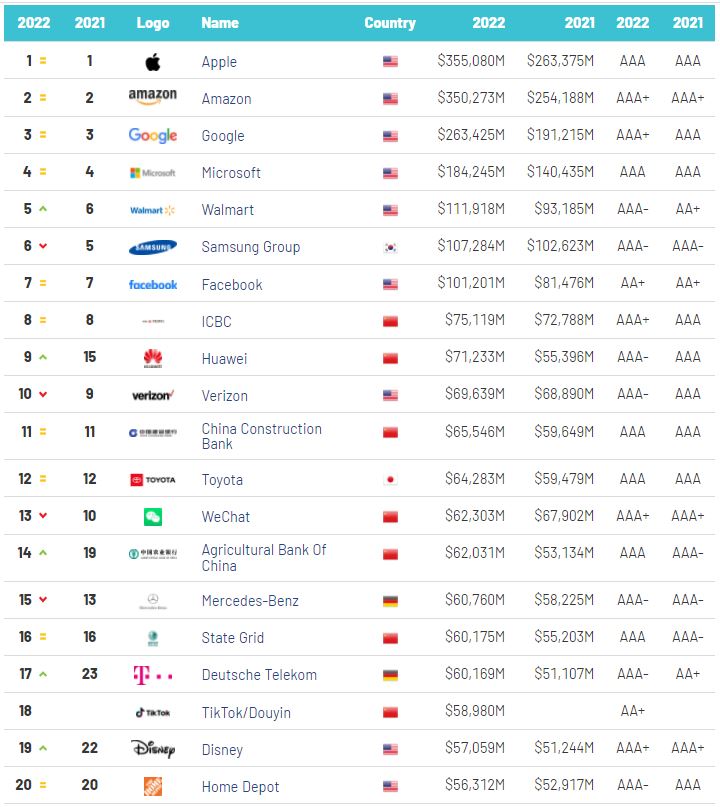
Xiaomi is launching its after-sales support app called Service+ .The Service+ app is available in India as a one-stop solution for all after-sales requests from customers. The app can be downloaded from Google Play or Getapps and connects customers with roughly 2,000 service centers. Users can file device repair requests through the app, get price quotes and get live chat support. Additionally, the app shows the nearest service centers, comprehensive warranty information, and lets users track their repair status.(GSM Arena, Live Mint, Gizmo China)
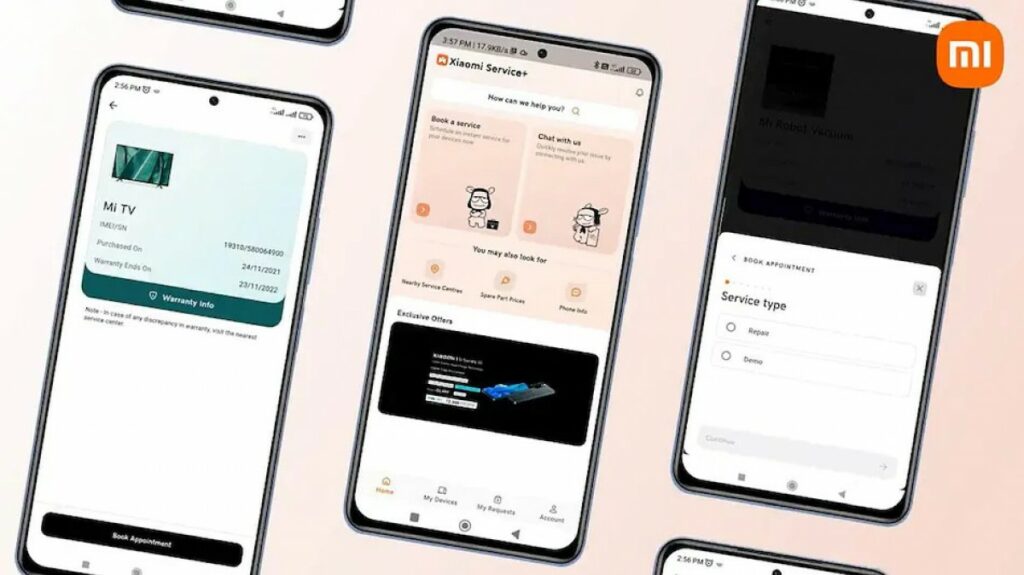
Facebook Messenger is rolling out end-to-end encrypted group chats and calls to everyone. Protected chats will now include features found in regular chat conversations, like gifs, reactions, and more. Users will be notified when someone takes a screenshot of disappearing messages.(Android Central, Facebook Messenger)

Meizu is allegedly seeking financing, and is still in contact with Geely. The acquisition has not been negotiated for the time being. It may be that Meizu has higher requirements in terms of acquisition price and terms. Xingji Times, a mobile phone company owned by Geely, is allegedly negotiating an acquisition with Meizu. The deal is still in progress and due diligence is being done. (Laoyaoba, IT Home)
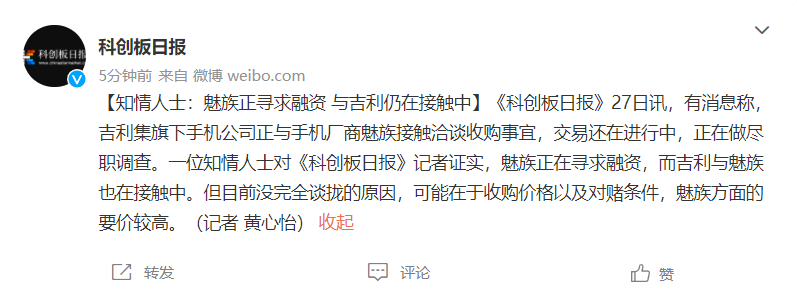
The global smartphone market ended 2021 on a mixed note. 4Q21 saw another year-over-year (YoY) shipment decline, however the encouraging performance of the market in 1H21 resulted in positive YoY growth in annual basis compared to 2020. Shipments declined 6.6% YoY to 356.4M units in 4Q21, compared to the 381.8M units shipped in 4Q20, according to Omdia. In 2021, 1.34B smartphones shipped globally, up 3.4% from the 1.29B units in 2020. (CN Beta, Omdia, Display Daily, GSM Arena)
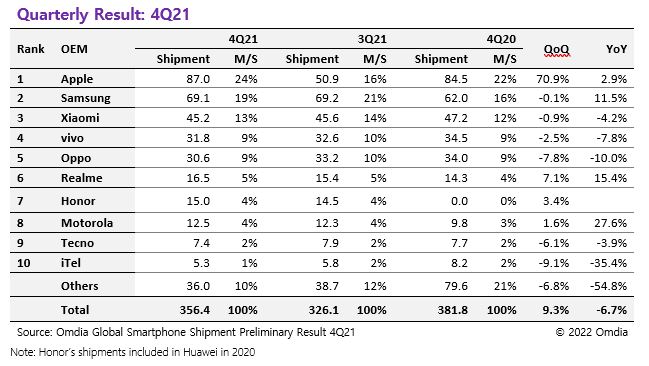
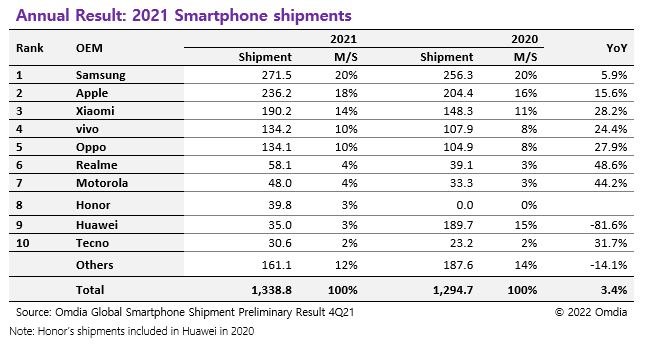
According to Canalys, in 4Q21, the global smartphone market shipped 363M units, a small 1% YoY growth. For the whole of 2021, however, vendors shipped 1.35B smartphones, growing 7% YoY, close to 2019’s 1.37B units. Samsung remained top with nearly 275M smartphones shipped in 2021, maintaining 20% market share globally. Apple delivered another strong holiday quarter driven by its new iPhone lineup, taking its full year shipments to 230M and YoY growth of 11%. (GSM Arena, Canalys)
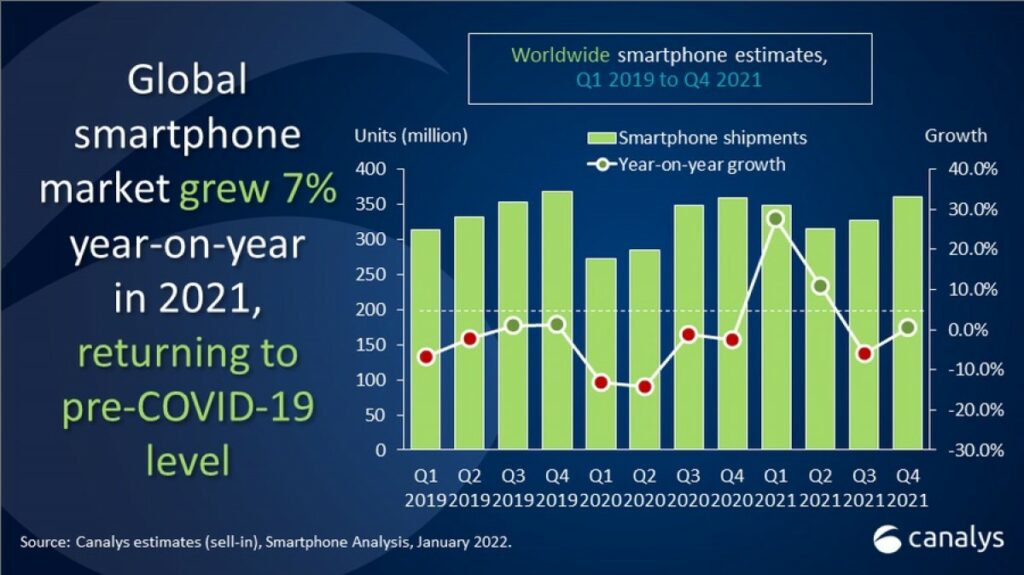
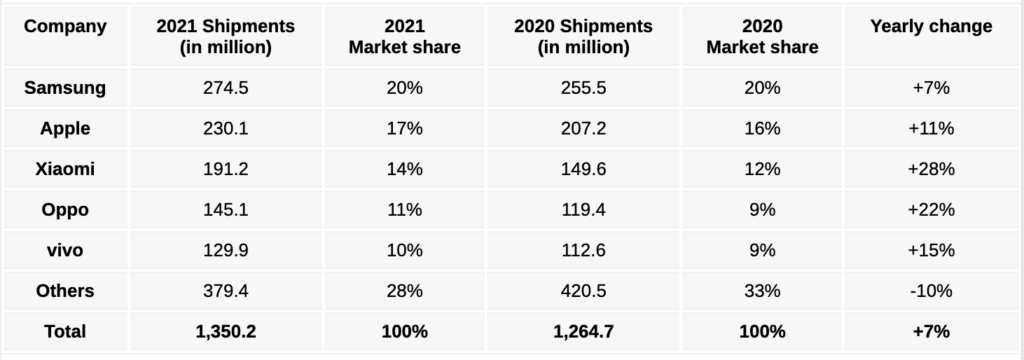
Worldwide smartphone shipments declined year over year in 4Q21 marking the second straight quarter of negative growth. Despite a challenging 2H21, full-year shipments still grew thanks to a strong 1H21. According to IDC, smartphone vendors shipped a total of 362.4M phones during the holiday quarter (4Q21), which was down 3.2% YoY but slightly better than IDC’s forecast. On an annual basis, the market grew 5.7% in 2021 with 1.35B smartphones shipped. (IDC)
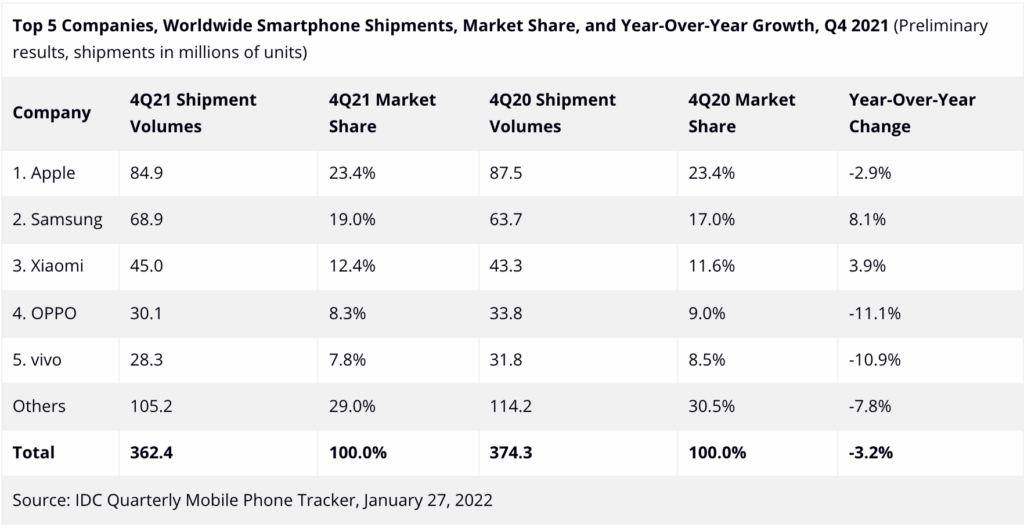
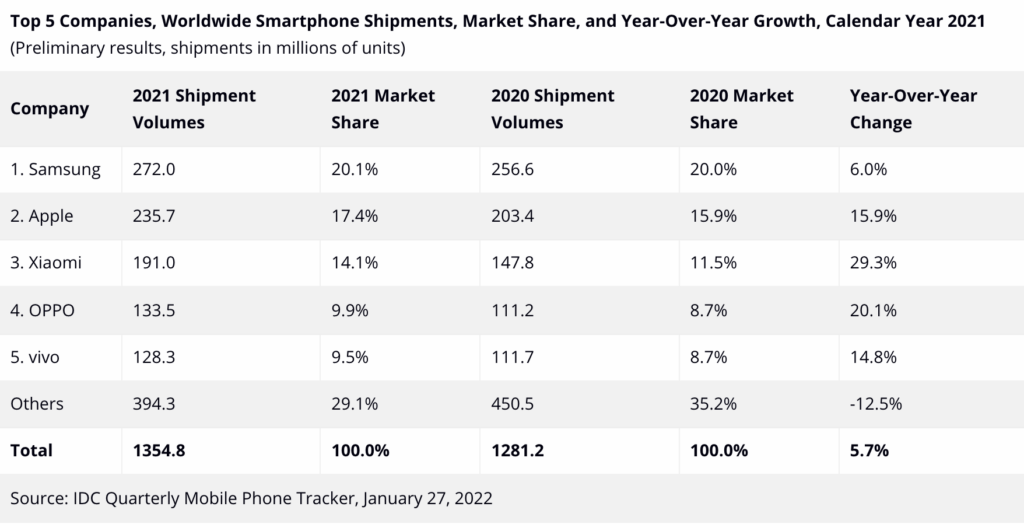
vivo Y75 5G is launched in India – 6.58” 1080×2408 FHD+ v-notch, MediaTek Dimensity 700 5G, rear tri 50MP-2MP macro-2MP depth + front 16MP, 4+128GB, Android 11.0, side fingerprint, 5000mAh 18W, INR21,990 (USD290). (Gizmo China, GizChina, GSM Arena, vivo)


Digitimes Research expects the slow season to have a bigger influence on the notebook market in 1Q22 than seasonal effects had in 1Q21. Overall notebook shipments are expected to slip 10% sequentially. Global notebook shipments are expected to pick up near 5% on year in 1Q22, but demand in the quarter will be mainly for enterprise and mid-range to high-end consumer products with high profit margins, instead of education and inexpensive consumer models in 1Q21. (Digitimes, Digitimes, report, Laoyaoba)
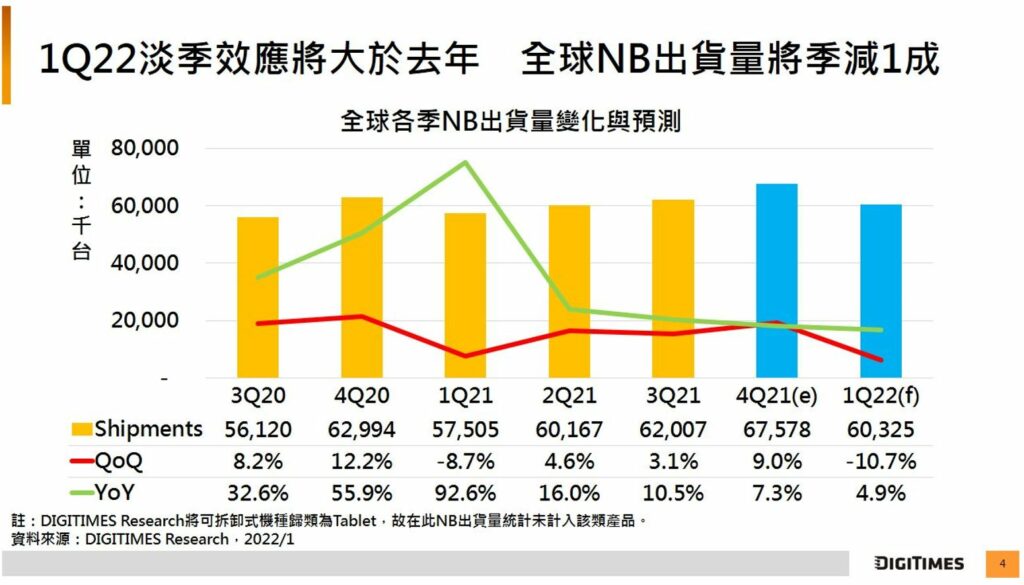
According to Strategy Analytics, supply constraints held market growth of tablet to -25% YoY. Signs point to an easing of supply constraints in 1Q22, but it remains to be seen whether that demand wait for tablet vendors to recover or if customers have moved on. For the entire 2021, total tablet shipments fell just -3% to 183.1M units. Demand was steadily high through the year, but supply constraints caught up to all vendors by the end of the year. This is due to two factors. First, vendors prioritized notebook production to meet work-from-home and now hybrid work demand. Second, it was difficult to juggle sourcing components that tablets and smartphones share. (CN Beta, Strategy Analytics, Business Wire)
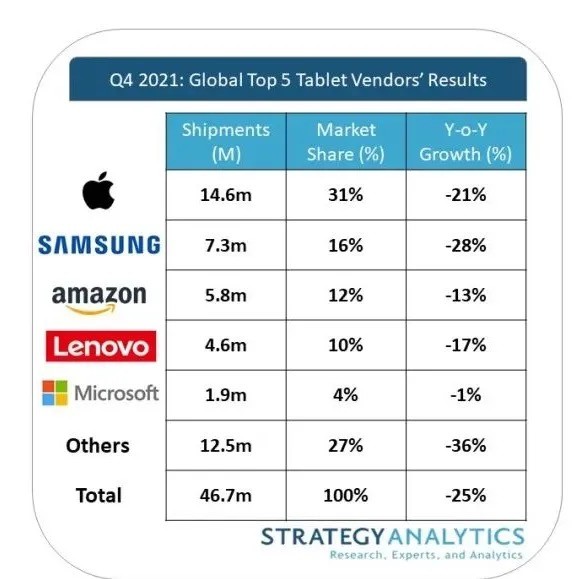

The Diem Association, the Meta Platforms-led enterprise that was looking to issue a new, user-friendly stablecoin, is allegedly selling its technology to Silvergate Capital for USD200M. The California bank, which serves blockchain companies, had agreed last year to partner with Diem in launching a U.S. dollar-pegged stablecoin. The agreement was supposed to breathe fresh air into a struggling project, which Meta Platforms had kickstarted under the name Libra in 2019. (CN Beta, CoinDesk, WSJ, Bloomberg)
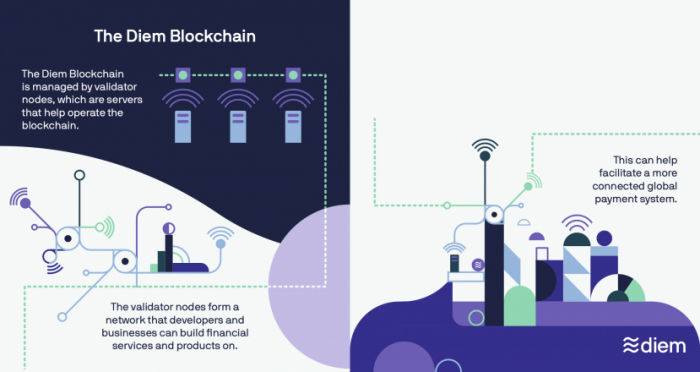
A free non-fungible token minting tool from OpenSea, one of the largest NFT marketplaces online, is being overwhelmingly misused to commit fraud and create spam. OpenSea has announced that users would now only be able to “mint”, or create, up to five collections with 50 NFTs per collection using its free feature. More than 80% of NFTs created with its tool were plagiarized works, fake collections, and spam. (CN Beta, Gizmodo, The Verge, Twitter)
